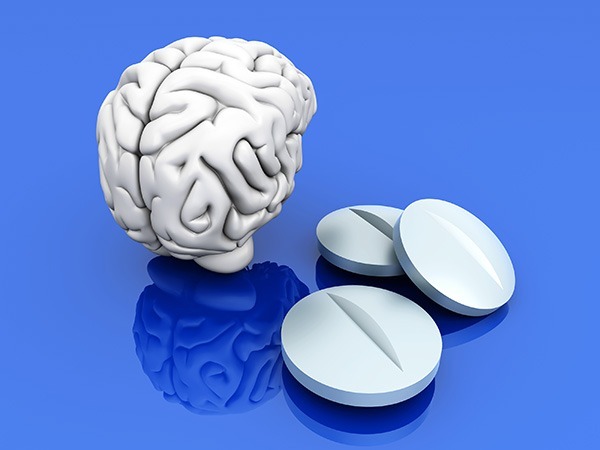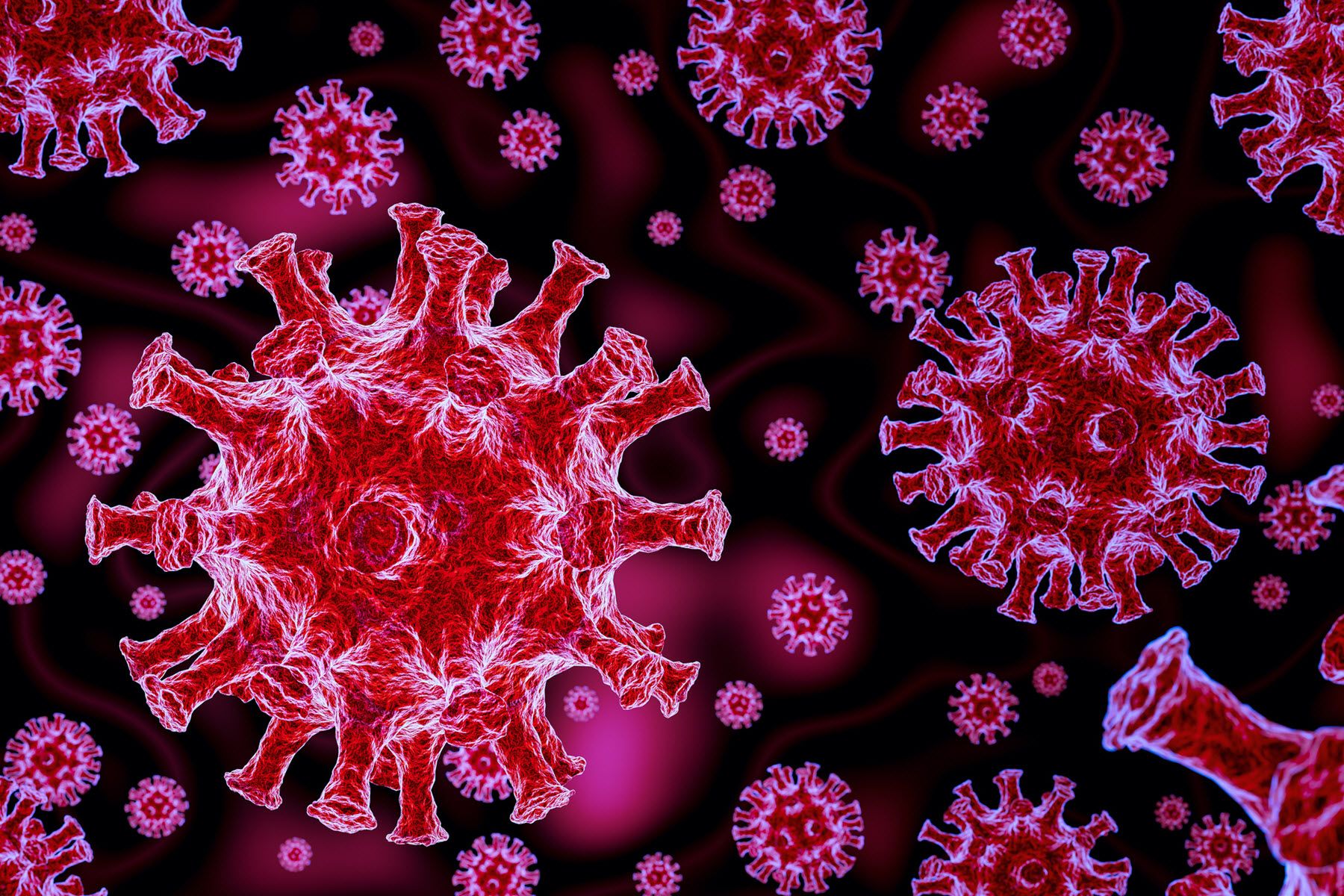<a href="https://urldefense.proofpoint.com/v2/url?u=https-3A__www.washingtonpost.com_health_coronavirus-2Dis-2Dharming-2Dthe-2Dmental-2Dheal…
Source: http://www.brainhealtheducation.org/blue-light-can-boost-healing-for-mild-brain-injuries/
“Daily exposure to blue wavelength light each morning helps to re-entrain the circadian rhythm so that people get better, more regular sleep. This is likely true for everybody, but we recently demonstrated it in people recovering from mild traumatic brain injury, or mTBI. That improvement in sleep was translated into improvements in cognitive function, reduced
Read More…
…
Source: http://www.brainhealtheducation.org/blue-light-can-boost-healing-for-mild-brain-injuries/
“Daily exposure to blue wavelength light each morning helps to re-entrain the circadian rhythm so that people get better, more regular sleep. This is likely true for everybody, but we recently demonstrated it in people recovering from mild traumatic brain injury, or mTBI. That improvement in sleep was translated into improvements in cognitive function, reduced
Read More…
…
Source: https://sharpbrains.com/blog/2020/04/15/small-study-finds-mixed-results-of-adderall-as-cognitive-enhancer-seems-to-boost-emotion-more-than-cognition/
 __
__
Over the past 15 years there has been growing awareness that many college students without an ADHD diagnosis use ADHD drugs. On some campuses, rates of self-reported non-medical use have exceeded 30% of students.
The primary reason students report taking ADHD drugs is to enhance their academic performance. And, the strong majority of students — over 80% in a study I conducted — believe it is helpful for this purpose.
Furthermore, students who report problems with attention are more likely to report non-medical use than other students; this suggests that some self-medicate to address their perceived attention difficulties.
Nonmedical use of ADHD drugs creates complications for students with a prescript…
Source: https://sharpbrains.com/blog/2020/04/15/small-study-finds-mixed-results-of-adderall-as-cognitive-enhancer-seems-to-boost-emotion-more-than-cognition/
 __
__
Over the past 15 years there has been growing awareness that many college students without an ADHD diagnosis use ADHD drugs. On some campuses, rates of self-reported non-medical use have exceeded 30% of students.
The primary reason students report taking ADHD drugs is to enhance their academic performance. And, the strong majority of students — over 80% in a study I conducted — believe it is helpful for this purpose.
Furthermore, students who report problems with attention are more likely to report non-medical use than other students; this suggests that some self-medicate to address their perceived attention difficulties.
Nonmedical use of ADHD drugs creates complications for students with a prescript…
Source: https://www.aarp.org/health/drugs-supplements/
Investigation ratchets up concerns over possible cancer-causing contaminant … Net cost of name-brand drugs jumped 60 percent … Experts share information about COVID-19 and how to protect yourself…
Source: https://www.aarp.org/health/drugs-supplements/
Investigation ratchets up concerns over possible cancer-causing contaminant … Net cost of name-brand drugs jumped 60 percent … Experts share information about COVID-19 and how to protect yourself…
Source: https://yourbrainhealth.com.au/three-facts-about-teenage-brain/

The three facts about the teenage brain scholars can agree on
1. Brain structures continue to change between childhood and adulthood. Grey matter volume peaks at puberty then declines throughout adolescence and into the twenties. White matter volume increases throughout childhood, adolescence and into adulthood.
2. Girls’ brains mature slightly faster than boys’. But boys catch up. This sex difference in brain development is in sync with physical development where, on average, girls enter puberty a year or two before boys, who then quickly catch up.
3. Different brain regions mature…
Source: https://yourbrainhealth.com.au/three-facts-about-teenage-brain/

The three facts about the teenage brain scholars can agree on
1. Brain structures continue to change between childhood and adulthood. Grey matter volume peaks at puberty then declines throughout adolescence and into the twenties. White matter volume increases throughout childhood, adolescence and into adulthood.
2. Girls’ brains mature slightly faster than boys’. But boys catch up. This sex difference in brain development is in sync with physical development where, on average, girls enter puberty a year or two before boys, who then quickly catch up.
3. Different brain regions mature…
Translate »


 Imagine your own cake.
Imagine your own cake.
 __
__